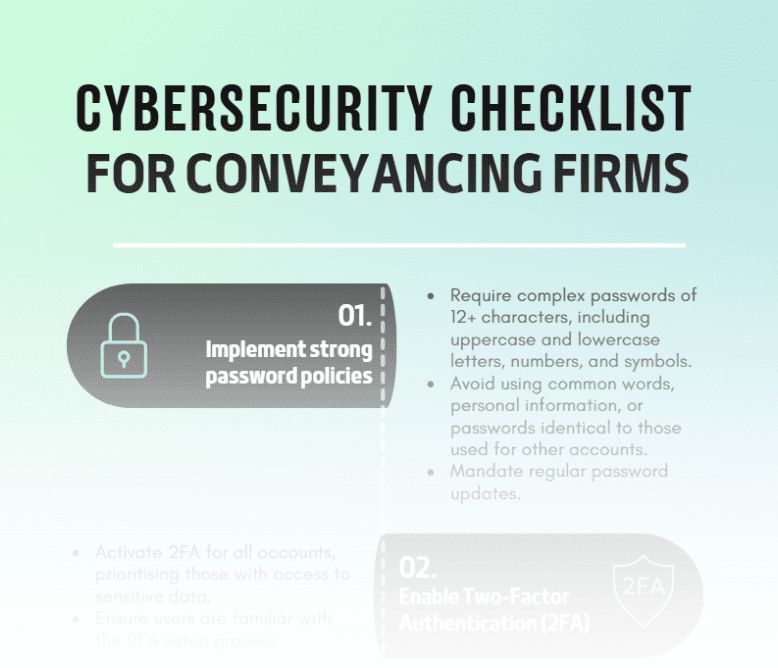Electronic conveyancing is becoming the new standard right across Australia. While the use of eConveyancing was mandated in Victoria and WA towards the end of 2018, eConveyancing recently became compulsory in NSW on 1 July 2019 and it’s looking likely that Queensland and SA will soon follow suit.
Mandatory electronic conveyancing rules stipulate that all new mainstream property dealings must be lodged electronically including mortgages, discharge of mortgages, transfers, caveats and withdrawal of caveats. Essentially, it means all parties to a transaction such as lawyers, banks and conveyancers must transact online instead of using traditional manual, paper-based processes.
Of course, many property dealings were already taking place electronically long before the mandates, but it’s not hard to understand why state governments have pushed to make eConveyancing a reality for everyone. Faster access to settlement funds, secure identity verification, data encryption, reduced risk of errors and time savings are just some of the many benefits enjoyed by the conveyancing ecosystem as a result of digitisation.
The era of digital electronic conveyancing transformation
There’s no doubt digitisation in the conveyancing industry is a game changer for lawyers, conveyancers and their clients, having already created opportunities for more competitive businesses with safer and more efficient processes. In fact, a report suggests that time savings from a 100% move to econveyancing across the country could contribute up to $89 million benefit to the industry annually.
But digital transformation looks set to go much further than the econveyancing mandates we’ve been working up to over the past few years (and still are in some states) – it will be an ongoing process of evolution and development.
So, if your business is looking to roll its sleeves up and get ready to embrace an increasingly digitised future, it might help to get some insight into where Australia’s conveyancing industry is heading.
A study by Deloitte identifies a series of industry and technology trends that could impact practitioners, buyers and sellers of property in Australia over the next decade.
The rise of cloud-based practice management platforms
While the technology is already here, cloud-based practice management platforms could become widely implemented over the next few years. Essentially, a platform can create an entire ecosystem of different cloud-based services, all integrated via APIs (a software intermediary that allows different applications to talk to each other).
So, with lawyers, conveyancers, banks, customers and agents being better connected, your practice management software could be used to manage workflow while working within the ecosystem to perform activities along the value chain.
Increasing automation of repetitive tasks in electronic conveyancing
The conveyancing process is full of manual checks and processes. Robotic Process Automation (RPA) is expected to be instrumental in reducing the time it takes to complete transactions by automating certain manual tasks. For example, while machine learning can teach ChatBots to respond to questions with more detail and accuracy, prescriptive analytics could be used to determine the appropriate course of action in situations – possibly enabling automatic approvals of lodgement documents, eligibility checks for mortgages and utility adjustments.
Using Artificial Intelligence (AI) to make judgement calls
AI could be embedded into practice management software to trigger the initiation of activities through the exchange, contracting and settlement stages. Development of AI with more cognitive insights might mean that computer systems can compile documents and obtain funds and permissions without the intervention of a conveyancer.
Assessing contract conditions with Virtual Reality
In simple terms, virtual reality offers a computer simulation of a 3-dimensional image. VR technology could be used in conveyancing to generate a digital twin for properties, not only for record keeping but also to enable remote inspections to better (and more conveniently) assess contract conditions.
Smarter buildings for digital asset records
We’ve all heard of Smart Hubs like Google Home controlling climate and lighting levels in people’s homes – as well as turning on appliances and ordering groceries. It’s all part of our increasing reliance on the growing Internet of Things. Over the next decade, we could start to use this technology to monitor properties and record important data to create comprehensive ‘digital twin’ asset records that buyers can assess as part of the conveyancing process.
Electronic conveyancing is creating new opportunities which will continue to reshape the way conveyancers do business. To be successful in this fast-paced environment, there’s no doubt it’ll be beneficial to stay informed and open-minded to implementing new technologies that could keep you ahead of the curve.






